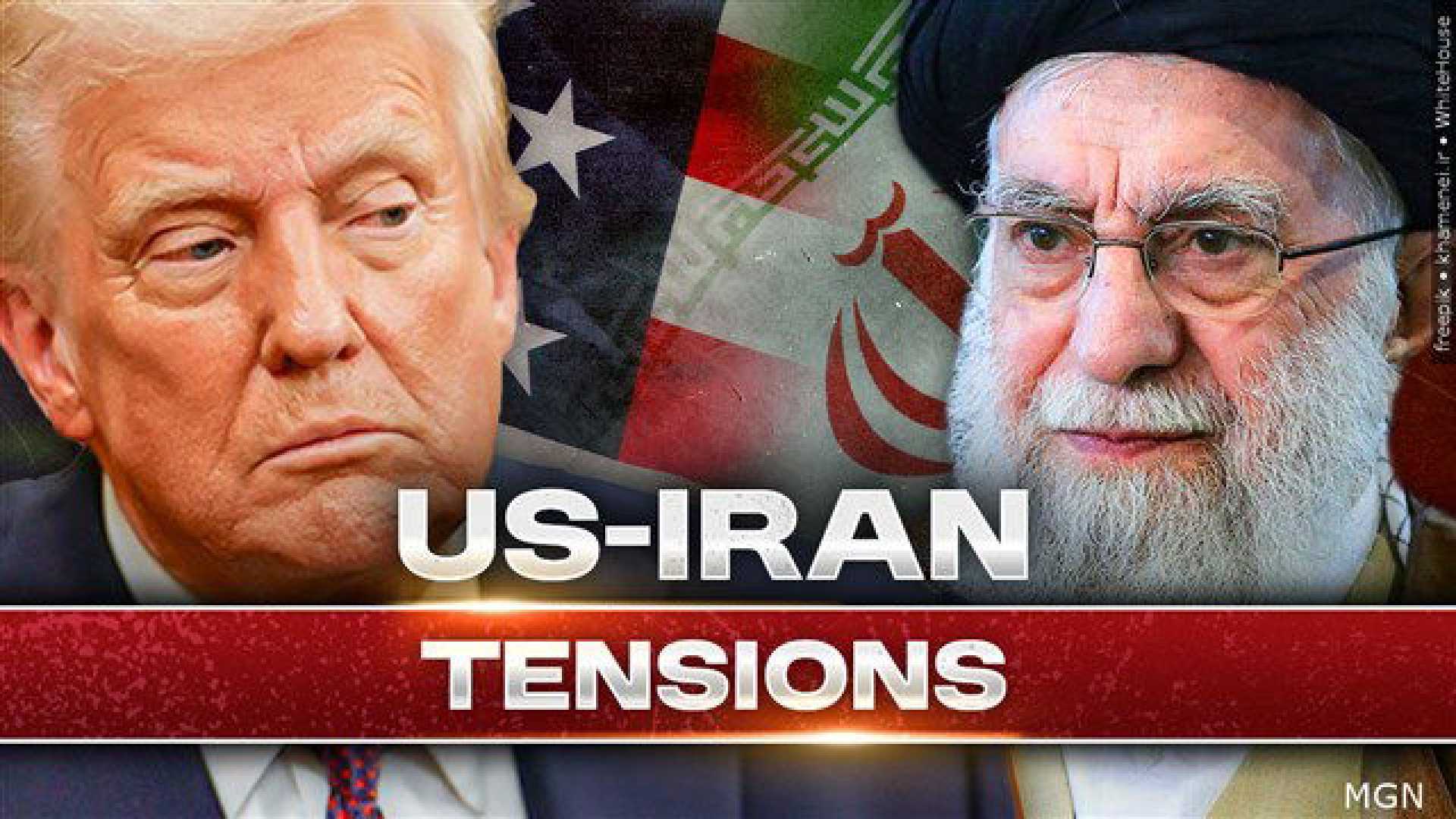World
US Strikes Iranian Nuclear Sites, Escalating Middle East Tensions

Washington, D.C. — In a significant escalation of the conflict in the Middle East, US warplanes and submarines conducted airstrikes on three Iranian nuclear sites early Sunday. The targets included facilities at Natanz, Isfahan, and Fordow, where Iran has a uranium enrichment plant located deep beneath a mountain.
This military action comes after a series of escalating conflicts involving Israel, including its ongoing war with Hamas that began on October 7, 2023. The US decision to strike was likely influenced by pressure from Israeli officials, who have expressed urgency in containing Iran’s nuclear ambitions.
President Donald Trump’s administration faced considerable debate over the involvement, but ultimately deemed the strikes necessary. The bombings utilize powerful 30,000-pound bombs that are exclusively deployable by US B2 bombers.
Iran’s response to this latest offensive remains uncertain. The clerical regime, led by Supreme Leader Ali Khamenei, is likely weighing its options. Historical patterns suggest that Iran’s retaliation may be limited. Following the US drone strike that killed Quds Force leader Qassem Soleimani in January 2020, Iran launched missiles at US bases, resulting in minimal damage and casualties.
In this current conflict, Iran may refrain from aggressive retaliation against US assets to avoid further destabilization of its regime. Analysts note that Iran is acutely aware of its weakened military capabilities compared to the US and may seek to avoid escalating the situation further.
However, some scenarios continue to emerge. While Iran officially stated its readiness for negotiations before the US strikes, its willingness may have shifted given the military actions. A potential ceasefire led by Israel, coupled with US negotiations regarding Iran’s nuclear program, could be on the table.
Yet, Israeli Prime Minister Benjamin Netanyahu has expressed skepticism toward any negotiation process, insisting that military operations will persist until Iran’s nuclear capabilities are entirely dismantled. This marks a crucial juncture in a conflict that has deepened over the past decades.
Internally, the Iranian government is facing pressure. The population remains nationally loyal but exhibits strong resentment toward foreign intervention. Netanyahu has voiced hopes for an uprising among the Iranian people against their leaders, although historical precedents suggest a volatile scenario could unfold should regime change occur.
Public sentiment in the US is also divided regarding military involvement. Recent polling indicates 60% of Americans oppose intervention in the Israel-Iran conflict. However, if these strikes culminate in a quick resolution, they may garner support for Trump’s military decisions.
As developments unfold, the extent of damage inflicted on Iran’s nuclear infrastructure is under scrutiny. Should critical facilities remain intact, Tehran might resume its nuclear ambitions under even tighter constraints, potentially advancing to weapons-grade uranium enrichment.












